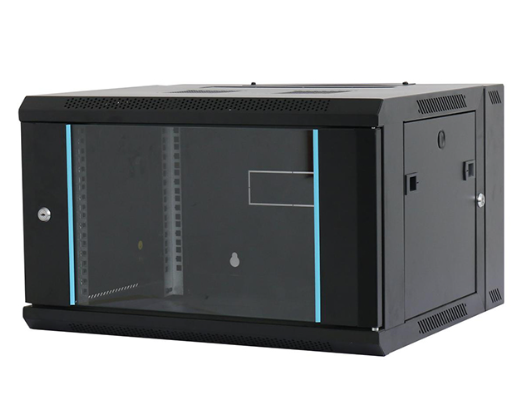News
Site Editor
 Site
https://leonetworkgroup.usa18.wondercdn.com/uploads/image/5fe152faa587d.png
A patch panel is an essential component in a structured cabling network. It provides a central location for terminating all the cables from different rooms or areas within a building. In this article, we will discuss how to wire a Cat6 patch panel.Step 1: Gather the tools and materialsBefore beginning the wiring process, it is essential to gather all the necessary tools and materials. You will req
Site
https://leonetworkgroup.usa18.wondercdn.com/uploads/image/5fe152faa587d.png
A patch panel is an essential component in a structured cabling network. It provides a central location for terminating all the cables from different rooms or areas within a building. In this article, we will discuss how to wire a Cat6 patch panel.Step 1: Gather the tools and materialsBefore beginning the wiring process, it is essential to gather all the necessary tools and materials. You will req
How To Wire A Cat6 Patch Panel
Views: 725
Author: Site Editor
Publish Time: 2023-07-18
Origin: Site
A patch panel is an essential component in a structured cabling network. It provides a central location for terminating all the cables from different rooms or areas within a building. In this article, we will discuss how to wire a Cat6 patch panel.
Step 1: Gather the tools and materials
Before beginning the wiring process, it is essential to gather all the necessary tools and materials. You will require the following:
- A Cat6 patch panel
- Cat6 Ethernet cables
- RJ45 connectors
- Cable cutter
- Crimping tool
- Punch-down tool
- Label maker
Step 2: Plan the wiring
Start by planning the wiring layout. Identify the rooms or areas that will be connected to the patch panel and the number of cables required for each location. Label each cable with the name of the room or area it will be connected to.
Step 3: Attach the patch panel to the rack
Attach the patch panel to the rack using the screws provided. Ensure that the panel is level and secure.
Step 4: Terminate the Ethernet cables
Strip off the outer jacket of the Ethernet cables using the cable cutter. Separate the eight conductors and organize them according to the T568B wiring standard. Trim the ends of the wires to ensure they are of the same length.
Step 5: Crimp the RJ45 connectors
Insert the conductors into the RJ45 connectors, ensuring that they are correctly aligned. Use the crimping tool to secure the connector onto the cable. Repeat this process for all the Ethernet cables.
Step 6: Punch down the cables onto the patch panel
Insert the RJ45 connectors into the appropriate ports on the patch panel. Use the punch-down tool to secure the cables onto the panel. Ensure that all the wires are correctly connected, and there are no loose strands.
Step 7: Test the network
Use a network cable tester to test the connectivity of the network. Connect a cable from each room or area to a switch, and test the ports on the switch to ensure they are working correctly.
Step 8: Label the cables
Use a label maker to label each cable according to the room or area it is connected to. This will make it easier to identify and troubleshoot any issues with the network.
In conclusion, wiring a Cat6 patch panel is a straightforward process that requires careful planning and attention to detail. By following the steps outlined above, you can ensure that your network is organized and efficient.
If you want to know more about industrial network cabinet,china fiber optic splice closure,china fiber optic distribution box,please consult the fiber optic splice closure factory









